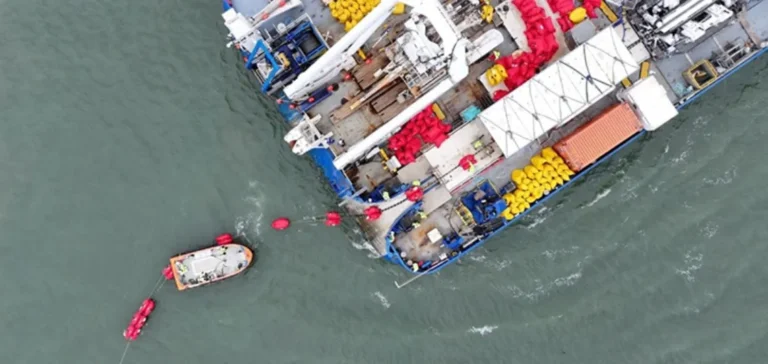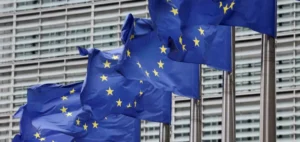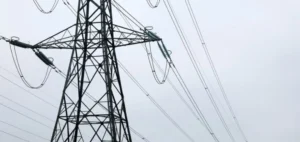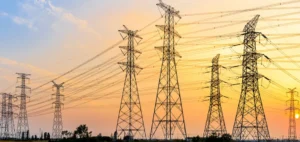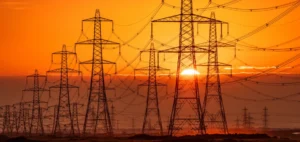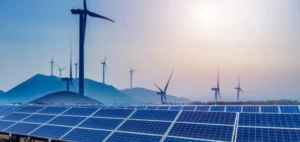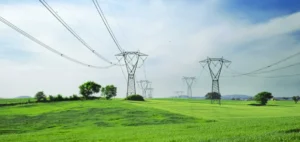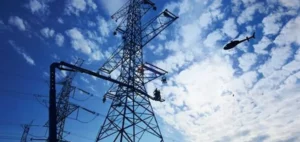ScottishPower Renewables, the renewable energy subsidiary of Iberdrola, has completed the installation of the first section of the export cable for the East Anglia Three offshore wind farm. This project, valued at approximately €4.7bn ($5.1bn), is located off the coast of Suffolk, UK.
A step forward in the interconnection process
The cable has been connected to land at Bawdsey, Suffolk. It links the offshore site to the High Voltage Direct Current (HVDC) converter station at Bramford, near Ipswich. The submarine cable extends 147 kilometers from the wind farm, with the generated electricity being transmitted before traveling another 37 kilometers by land to reach the HVDC station. This system is built on the infrastructure developed for the East Anglia ONE wind farm.
With a final capacity of 1.4 gigawatts (GW), East Anglia Three, once completed by the end of 2026, will become Iberdrola’s largest wind farm and one of the largest in the world, capable of providing electricity to over one million homes.
Technical and industrial implications
The installation of the export cable represents a crucial milestone for the success of the project’s interconnection. This operation, requiring advanced technical expertise, is also an essential step in the commissioning phase of the park’s electrical system. Technical teams are now focused on continuing the installation of the onshore cabling and preparing for the connection to the national grid.
Transporting the energy through this export cable and converting it to alternating current via the HVDC station enhances the interconnection capabilities between the wind farm and the grid, facilitating the large-scale delivery of energy.
Goals and next steps
The continued development of the East Anglia Three project will involve the installation of new electrical equipment to allow for full integration with the grid. These steps will ensure the optimal operation of the wind farm’s capacity, a critical element for the future development of offshore energy in the UK.
The interconnection between offshore generation and the onshore grid via these infrastructures represents a model for the future of large-scale offshore wind energy. Once completed, the project will play a major role in the country’s energy transition, as well as in the development of interconnection infrastructure across Europe.


